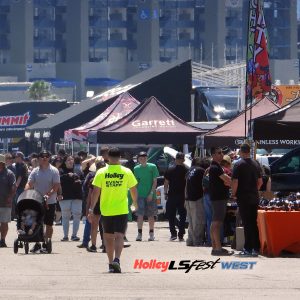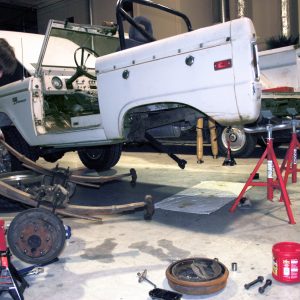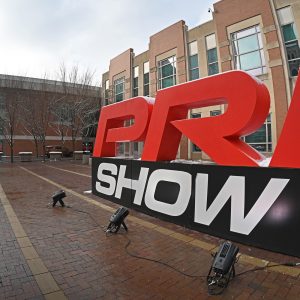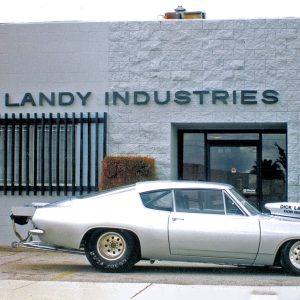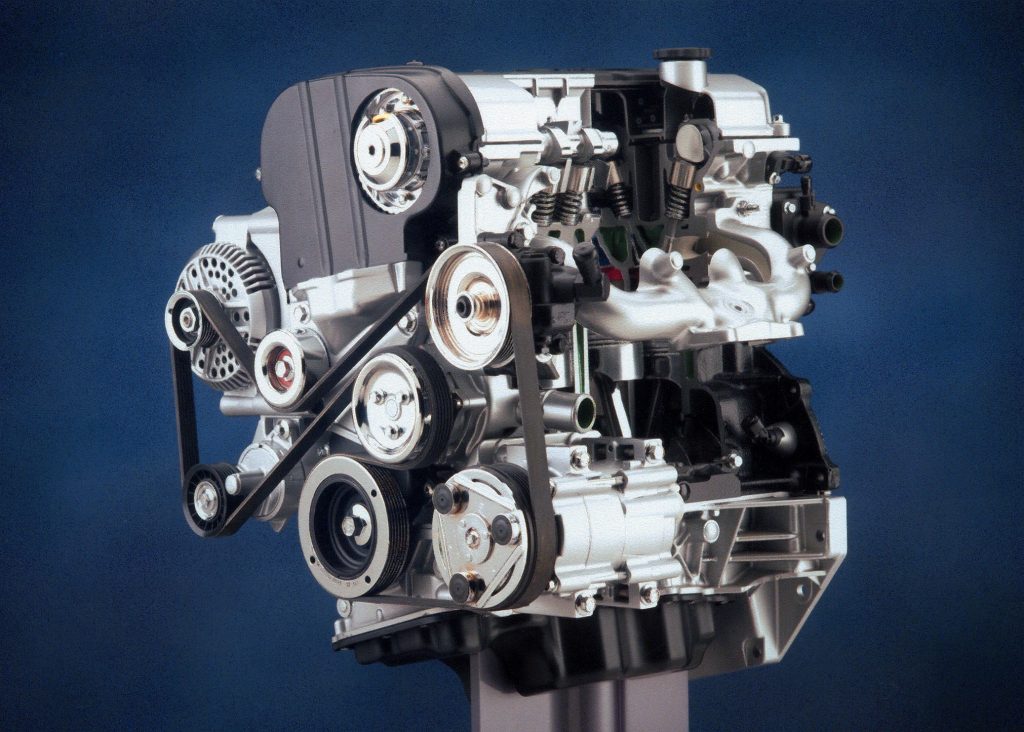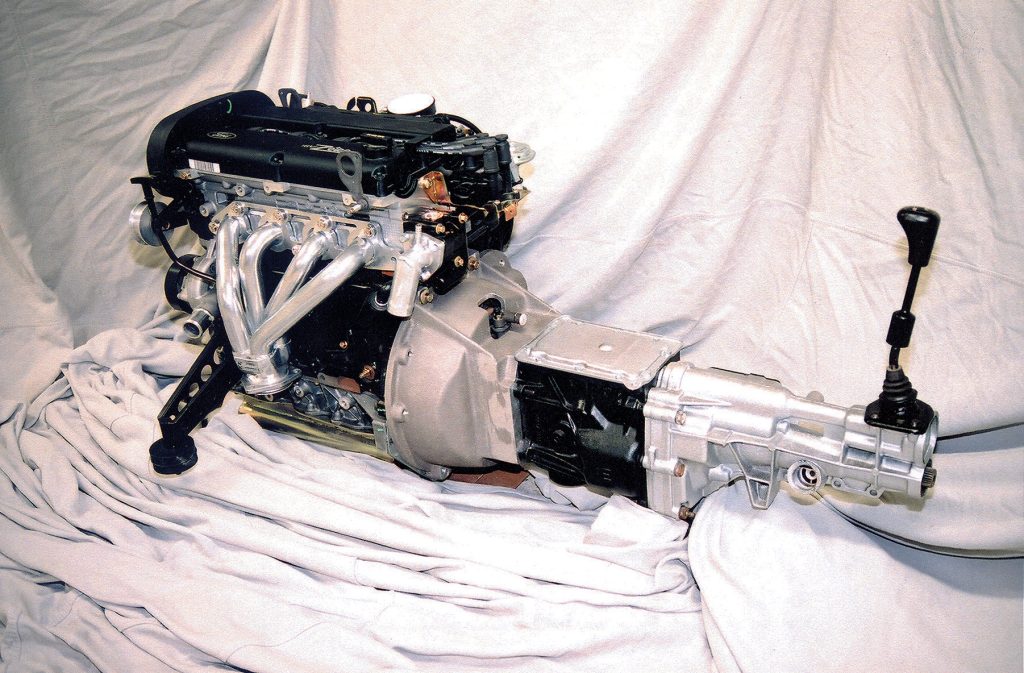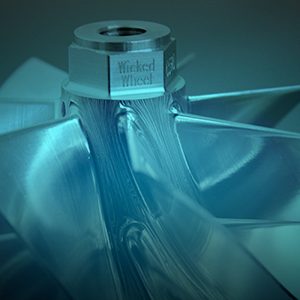
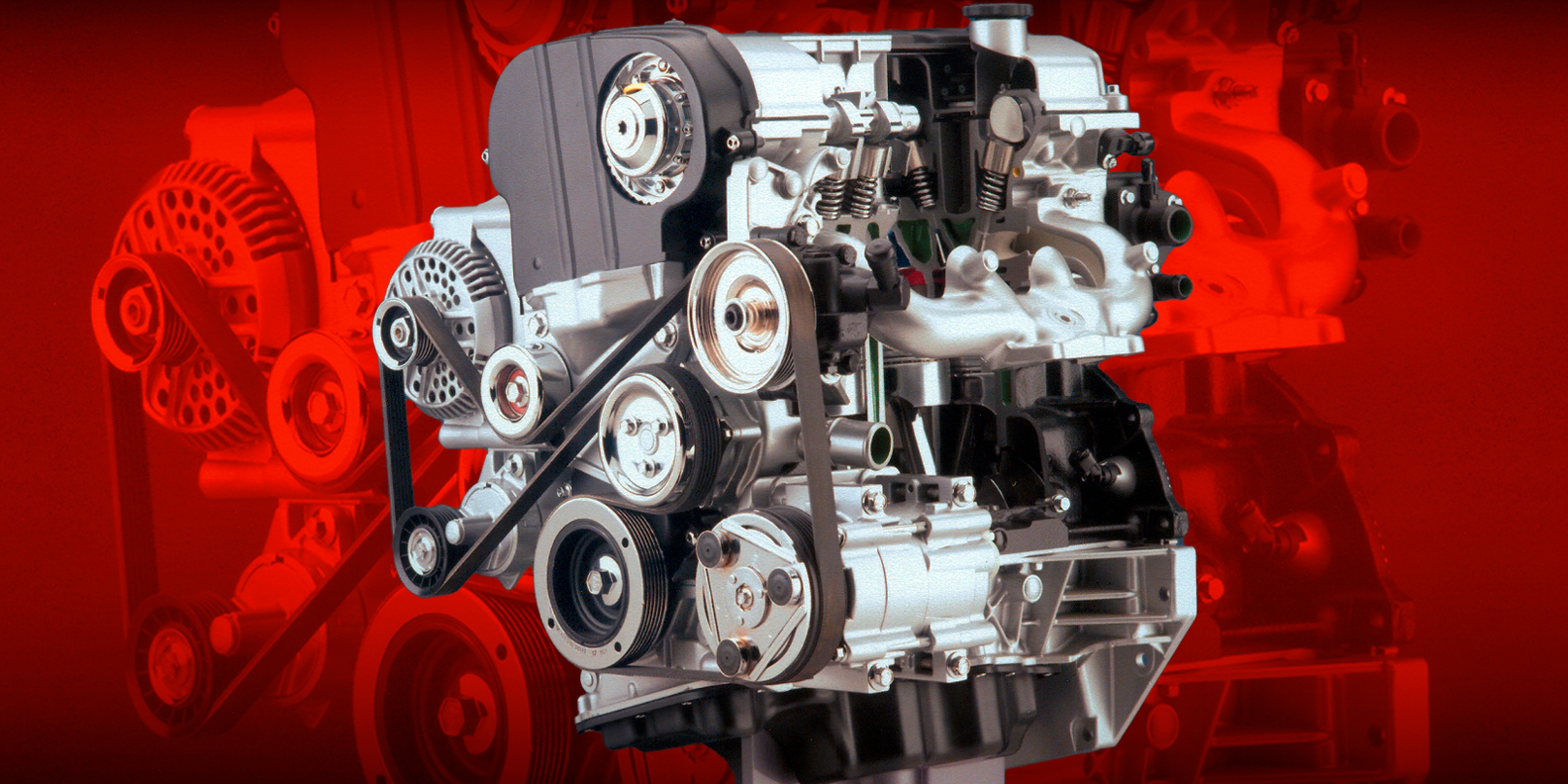

THE AUTO BUILDER
Featured
- All Post
- 20 High Priority - SR Super Rod
- Builds
- 25 High Priority - FB Ford Builder
- Cars
- 30 High Priority - AR American Rodder
- 01 Post Status
- 35 High Priority - RD Rodders Digest
- 40 High Priority - OTR On the Road
- 45 High Priority - SRB Street Rod Builder
- 50 High Priority - TB Truck Builder
- 55 High Priority - BSCENE Buckaroo Scene
- 60 High Priority - FPB Family Power Boat
- Trucks
- Swaps
- Performance Boats
- _000 Home Sliders
- Builders
- 00 Sidebars
- Manufacturers
- 05 High Priority - HCI Hot Compact Imports
- 05 Publications
- 10 High Priority - CR Chevy Rumble
- Back
- Chassis
- Engine
- Fuel System
- Electrical
- Exhaust
- Transmission / Drivetrain
- Suspension
- Steering
- Brakes
- Wheels and Tires
- Interior
- Exterior
- Accessories
- Power Adders
- Back
- Chassis
- Engine
- Fuel System
- Electrical
- Exhaust
- Transmission / Drivetrain
- Suspension
- Steering
- Brakes
- Wheels and Tires
- Interior
- Exterior
- Accessories
- Power Adders
- Back
- Chassis
- Engine
- Electrical
- Exhaust
- Fuel System
- Transmission / Drivetrain
- Suspension
- Steering
- Brakes
- Wheels and Tires
- Interior
- Exterior
- Accessories
- Power Adders
- Back
- Chassis
- Engine
- Electrical
- Exhaust
- Fuel System
- Transmission / Drivetrain
- Suspension
- Steering
- Brakes
- Wheels and Tires
- Interior
- Exterior
- Accessories
- Power Adders
- Back
- Chassis
- Engine
- Fuel System
- Electrical
- Exhaust
- Transmission / Drivetrain
- Suspension
- Steering
- Brakes
- Wheels and Tires
- Interior
- Exterior
- Accessories
- Power Adders
- Back
- Chassis
- Engine
- Fuel System
- Electrical
- Exhaust
- Transmission / Drivetrain
- Suspension
- Steering
- Brakes
- Wheels and Tires
- Interior
- Exterior
- Accessories
- Power Adders
- Back
- Chassis
- Engine
- Fuel System
- Electrical
- Exhaust
- Transmission / Drivetrain
- Suspension
- Steering
- Brakes
- Wheels and Tires
- Interior
- Exterior
- Accessories
- Power Adders
- Back
- Engine
- Fuel System
- Electrical
- Outdrives
- Steering
- Interior
- Accessories
- Power Adders
- Exterior and Hull
- Back
- Chassis
- Engine
- Electrical
- Exhaust
- Fuel System
- Transmission / Drivetrain
- Suspension
- Steering
- Brakes
- Wheels and Tires
- Interior
- Exterior
- Accessories
- Power Adders
- Back
- Chevrolet
- Cadillac
- Pontiac
- AMC
- Buick
- Jeep
- Lincoln
- Ford
- Honda
- GMC
- BMW
- Mitsubishi
- Dodge
- Nissan
- Chrysler
- Subaru
- Toyota
- Plymouth
- Mercury
- Volvo
- Volkswagen
- Oldsmobile
- Acura
- Back
- 05 Pub HCI Hot Compact Imports
- 15 Pub 4x4 4x4 Builder
- 20 Pub SR Super Rod
- 25 Pub FB Ford Builder
- 30 Pub AR American Rodder
- 35 Pub RD Rodders Digest
- 40 Pub OTR On the Road
- 55 Pub BSCENE Buckaroo Scene
- 10 Pub CR Chevy Rumble
- 50 Pub TB Truck Builder
- 60 Pub FPB Family Power Boat
- 45 Pub SRB Street Rod Builder
- Back
- Chip Foose
- Ring Brothers
- Jack Fuller
- Bob Cullipher
- Jerry Nichols
- Bobby Alloway
- Jesse James
- Carl Casper
- J.F. Launier
- Steve Sellers
- Boyd Coddington
- Rad Rides by Troy
- Cal Auto Creations
- George Barris
- West Coast Customs
- Back
- Street Rods
- Hot Rods
- Late Model
- Drag Race
- Handling
- Compact Cars
- Chassis
- Engine
- Fuel System
- Electrical
- Exhaust
- Transmission / Drivetrain
- Suspension
- Steering
- Brakes
- Wheels and Tires
- Interior
- Exterior
- Accessories
- Power Adders
- Chassis
- Engine
- Fuel System
- Electrical
- Exhaust
- Transmission / Drivetrain
- Suspension
- Steering
- Brakes
- Wheels and Tires
- Interior
- Exterior
- Accessories
- Power Adders
- Chassis
- Engine
- Electrical
- Exhaust
- Fuel System
- Transmission / Drivetrain
- Suspension
- Steering
- Brakes
- Wheels and Tires
- Interior
- Exterior
- Accessories
- Power Adders
- Chassis
- Engine
- Electrical
- Exhaust
- Fuel System
- Transmission / Drivetrain
- Suspension
- Steering
- Brakes
- Wheels and Tires
- Interior
- Exterior
- Accessories
- Power Adders
- Chassis
- Engine
- Electrical
- Exhaust
- Fuel System
- Transmission / Drivetrain
- Suspension
- Steering
- Brakes
- Wheels and Tires
- Interior
- Exterior
- Accessories
- Power Adders
- Chassis
- Engine
- Fuel System
- Electrical
- Exhaust
- Transmission / Drivetrain
- Suspension
- Steering
- Brakes
- Wheels and Tires
- Interior
- Exterior
- Accessories
- Power Adders
- Back
- 05 Post Imported
- 20 Post Missing Images (All)
- 25 Post Missing Images (Partial)
- 15 Post In Progress
- 30 Post Internal Review
- 40 Post On Hold
- 50 Post Approved
- 10 Post Images Imported
- 17 Post Missing TXT Files
- 18 Post Missing PDF Files
- 27 Post Missing Content
- Back
- Chassis
- Engine Swaps
- Interior Swaps
- Driveline
- Back
- Street Trucks
- OffRoad Trucks
- Chassis
- Engine
- Fuel System
- Electrical
- Exhaust
- Transmission / Drivetrain
- Suspension
- Steering
- Brakes
- Wheels and Tires
- Interior
- Exterior
- Accessories
- Power Adders
- Chassis
- Engine
- Fuel System
- Electrical
- Exhaust
- Transmission / Drivetrain
- Suspension
- Steering
- Brakes
- Wheels and Tires
- Interior
- Exterior
- Accessories
- Power Adders
- Back
- 01 Sidebar Left
- 01 Sidebar Right
Spotlighter
POPULAR READS
Hot Four Cylinder
HIGH-TECH, STATE-OF-THE-ART, FOUR-CYLINDER POWER FOR THE RIGHT ROD
Author

Carroll Hamilton
Photography By Carroll Hamilton, Ford Motor Company, and Minister Racing Engines Limited
In search of an engine to power a ’40s-style hot rod sitting tall on skinny tires and ’35 Ford wires, we began looking for a four-cylinder engine that had power, efficiency and all of the modern hookups to power this project. Something along the lines of a state-of-the-art, 200hp plus, dual overhead-cammed, fuel injected, four-cylinder engine would do, especially if it was one that Henry’s heirs built.
Our search didn’t take us far, and we soon found that there are lots of four-cylinder engines available. The Internet hooked us up with builders and manufacturers of four-cylinder engines whom we never knew existed. And after weighing all the options, the choice came down to either the Ford Zetec or the later model Ford Duratec, also known as their I-4 global engine. A catalog website called my ford focus, www.myfordfocus.com, lists many Zetec and Duratec products by manufacturer, dealer and others.
The Zetec E was developed in the early ’90s for the Mondeo/Contour program, in 1.6-, 1.8- and 2.0-liter configurations, with dual overhead cams, 16 valves and spark plugs located in the center of a pentroof combustion chamber. The block is cast iron, and the head is aluminum. Early production engines have magnesium cam covers, while later model covers are made of plastic. The engines are produced in Mexico, the UK and Spain with an advertised horsepower of 130 at 5,750 rpm for the standard 2.0-liter, and with torque at 127 lb-ft at 4,250 rpm. The ’03 SVT version of the Zetec advertises 170 hp at 7,000 rpm and 145 lb-ft of torque at 5,500 rpm. This engine, we are told, has some trick stuff straight out of the Cosworth brain trust. Those numbers are quite good for a stock four-cylinder, but more is available from the aftermarket, and rebuildable Zetec engines are also plentiful from salvage yards.
The Duratec HE four-cylinder design came from Cosworth and was intended for Formula 1 use in a turbocharged, high-tech configuration. Formula 1 dropped the turbos and added more cylinders, and this killed the Duratec’s intended application. So when Ford acquired a controlling interest in Cosworth, they began building the engine in Europe for the Ford Mondeo. Ford decided that the merits of the inherent design strength intended for Formula 1 racing—along with the free-flowing cylinder head, easy to regulate emissions, lightweight, adequate power and so on—were strong enough reasons why the engine should become a global engine platform. In order to distinguish the Duratec four-cylinder from the Duratec six-cylinder, the global engine four-cylinder was named the I-4.
Mazda, also owned in part by Ford, was given the task to engineer the manufacturing processes for the I-4, making it adaptable to a wide range of applications. A highlight of Mazda’s design process was the ability to cast the alloy engine block in 54 seconds. The I-4 program yields approximately 1.5 million units per year and is built in the USA, Mexico, Spain and Japan. Designed to replace eight of the Ford family engines, including the Zetec, the Duratec is available in 1.8-, 2.0- and 2.3-liter versions.
Like the Zetec, the I-4 engine features dual overhead cams, 16 valves and spark plugs located in the center of a pentroof combustion chamber. The I-4 is all aluminum, including a cast aluminum oil pan, and it weighs 40 pounds less than a Zetec. The block construction features a deep skirt design (the lower sides of the block extend below the crankshaft centerline). Cylinder-head construction is aluminum-silicon alloy, thermally treated for strength and durability, with an asymmetric four-valve-per-cylinder design. The double overhead cams are driven by a silent chain drive. Advertised horsepower for the 2.3-liter engine is 135 hp at 5,000 rpm. The torque number is 153 lb-ft at 4,000 rpm, and aftermarket go-fast parts are quickly coming online. For all these reasons, this engine would make an excellent choice in a lightweight street rod, even with a stock I-4 crate engine.
As we searched for information for our engine project, Kansas Racing Products in Chapman, Kansas, was instrumental in providing us the necessary information to help in our engine selection. Gerry Dedonis, the Director of Special Projects for KRP, informed us that KRP has their own cast-iron, four-cylinder engine block, one that is not based on the Zetec or Duratec engines, but an improved version of the overhead-valve GM-Pontiac Superduty iron four-cylinder racing engine. What they did, rather than being limited by the poor selection of four-cylinder heads, was allow the KRP block to accept most any small-block V-8 head—GM, Ford or Mopar—and even most aftermarket heads, including high-flow CNC-ported units. When a Ford small-block head is used, the block carries the Ford part number M-6010-B180. When a GM head is used, the block is cast with the GM Performance part number 10093306. There is no recognized Mopar part number as of yet. If you want something exotic and powerful to power your next rod, the KRP engine may be just the ticket.
In addition to its own engine, KRP can also provide Zetec and Duratec crate engines or quality rebuildables suitable for aftermarket performance conversions. We chose a rebuildable Zetec engine, and KRP shipped it out in about a week. If you buy a used engine from a salvage yard or a rebuildable one here, here are some things to look for:
- Check for damage to the timing covers, upper oil pan (aluminum part), valve cover and intake manifold if you are using it (signal throttle body applications). These parts can easily be damaged in a frontal accident.
- Check for water under the spark plug boots. This is common and normally won’t cause a problem. If you find water in the plug area, dry it right away. After all the water is removed, pull the spark plugs, making sure the threads are not damaged, and replace the plugs. Check spark plug wires and replace if necessary.
- Make sure the alternator bracket is not broken (the one above the oil filter).
- Check the oil, making sure it is not contaminated and that it doesn’t smell burnt.
- Check the engine serial number and make sure it corresponds with your receipt. Most local inspection centers will need to verify this information before you can register your car. The engine serial number is located on the left rear lower corner of the block, just above the upper (aluminum) oil pan.
We found no problems with our engine, and we set about making decisions for bolt-on horsepower upgrades and transmission options. The Ford four-cylinder Zetec E 2.0-liter engine and the I-4 2.3-liter engine produce just over 1 hp per ci in their stock form. The ’03 SVT version of the Zetec advertises 170 hp, or 1.4 hp per ci. This is plenty stout when you consider that 1 hp per ci was attainable only by skilled engine builders only a few short years ago. As these mighty little four-bangers show, engine design and efficiency have come a long way. With extensive internal and external changes, these horsepower numbers can be greatly increased, easily doubled and if you’re good, nearly tripled. However, with just a few bolt-ons, these numbers can be dramatically increased to the point that these four-cylinder engines can supply enough power to light up the tires of most street rods.
The Zetec engine is installed at a slight angle in a normal front-wheel drive application, and upright when you install it in a rear-wheel drive application. Because the oil pan is slanted, that wouldn’t leave much of a sump and could be a problem in difficult cornering situations. A search for an answer uncovered Snakebite Performance, the parts arm of Dynamic MotorSports. They distribute Superformance Cobra kit cars as well as the Superformance S-1 sports car (a car reminiscent of the Lotus 7), and because the Superformance S-1 is set up to be powered by a Zetec engine (in a rear-wheel drive configuration), Snakebite did the research to develop necessary parts and upgrades for the Zetec. Two such parts are a lower oil pan, as the Zetec oil pan is a two-piece affair, and an oil pump pickup designed to fit the Zetec when installed in an upright position. The pan is manufactured from steel plate and is nicely baffled.
This led us to additional Zetec parts and upgrades produced by Snakebite. While the stock throttle-body fuel injection is efficient, it’s far from racy-looking, and the Ford electronic management system is not very user-friendly when used outside of a Ford automobile. The OE system expects to read such things as air conditioning on/off, power steering and brake input, vehicle speed sensor, air temp, fuel and ignition advance and more. Our ’40s-style model A has none of this. Snakebite has an electronic control unit (ECU) that works without the need to recognize the full array of signals found in a current passenger car’s wiring loom. These systems are produced for Snakebite by Webcon, a division of Standard Motor Products of Europe. The Webcon Alpha systems come in three basic packages: the Alpha Bronze system to manage the basic stock, single throttle-body, induction setup, the Alpha Gold system that uses two double-bore, side-draft throttle bodies with Pico fuel injectors and the Alpha Platinum system that adds a set of Piper or Crane cams. These systems are simple bolt-ons with pre-programmed mapping—no need for hours of dyno time. The multi-throttle-bodied injection system with cams can add 60 hp.
In addition to offering Zetec crate engines, Ford Racing offers an assortment of high-performance parts, including lightweight underdrive crank pulley kits, stainless-steel intake and exhaust valves and adjustable camshaft gears. They also offer a modified head, a cast aluminum intake manifold and three grinds of street performance cams. Ford Racing parts can produce upwards of 300 hp from a Zetec engine, and they offer a Jackson Racing Zetec supercharger, which is claimed to increase power by 45 percent, from 130 to 189 hp.
Located in the United Kingdom, Minister Racing Engines (e-mail Info@minister-power.com, www.minister-power.com)
is one of several overseas companies that build both Ford Zetec and Duratec high-performance engines for racing and conversion applications. While many of these engines are built for racing, they help introduce a number of high-performance parts for the street rod builder. Such items as ultra high-performance camshafts, lightened flywheels and unique induction systems are all part of the variety of Minister’s engines. Their 2.3-liter Duratec puts out 225 hp at 6,900 rpm (200 lb-ft of torque at 4,800 rpm). Originally an English Cosworth design, the Ford Duratec engine has been available in Europe for a number of years, thus the speed equipment and racing engine availability is greater in Europe than here in the United States. However, with the I-4 introduction in the U.S., additional high-performance upgrades are sure to follow.
We decided to run our Zetec a little on the wild side and contacted Edelbrock for their bolt-on nitrous oxide system (Catalog #70408) for 2000 and later Ford Zetec engines. However, unlike the stock Focus ECU, our engine is controlled by the Webcon ECU, which uses an external fuel pressure regulator and a return fuel line. The Edelbrock Zetec system is not compatible, but the Edelbrock Sport Compact EFI Nitrous System (Catalog #71000) is compatible with our application. Both systems are single-nozzle, dry-style nitrous systems, which means that the additional fuel required is supplied through the factory fuel injectors. Designed to complement the stock single-throttle-body induction, the system is an instant 50hp gain, which can astonish many small block-powered street rod drivers when we push the button and our banger lights ’em up. For now we are running the single throttle body from Ford, the Webcon Bronze ECU from Snakebite Performance and the Edelbrock #71000 nitrous system. Future plans call for experimentation with the Edelbrock nitrous system to make it function with two double-bore, side-draft throttle bodies, Pico fuel injectors and the Webcon Alpha Platinum package with Crane cams.
For the exhaust, no one makes a set of headers that works with a rear-wheel drive application, so we approached Donna Smith at Sanderson Headers. They agreed to custom-build a header if we would supply a header flange, which we obtained from John Ehrlich at Altech Precision in Denver (303/287-9093 or e-mail AlTechPrec@yahoo.com). With the header flange and some rough sketches we provided, Sanderson designed, built and ceramic-coated a header that clears the Zetec dipstick and works with the engine mounted in a rear-wheel drive configuration. We also utilized Stage 8 Locking Fasteners to attach the header.
With the engine completed, the next challenge was a transmission and clutch assembly. When using a front-wheel drive engine application in a rear-wheel drive configuration, the key link is the bell housing. In this case the bell housing is actually a bellhousing adapter. We found Zetec bellhousing adapters available from Minister Racing Engines in the UK and also from Snakebite Performance. Ease of availability and cost led us to choose the Snakebite product. This bellhousing adapter, as well as the Minister product, mates a Ford Type-9 transmission to the Zetec engine. This adaptation uses the Ford Focus flywheel, clutch disk, pressure plate and hydraulic clutch release. All of these items are available as over-the-counter Ford parts, aftermarket parts or from Snakebite Performance. The transmission is a European model that was used in the Ford/Mercury Merkur, Capri and Sierra models. It is a very compact transmission with very tight ratios through its five speeds. Specifications are first gear 3.35-1, second gear 1.81-1, third gear 1.26-1, fourth gear 1-1 and fifth gear overdrive 0.83-1. These transmissions are available from Snakebite Performance, or you can search the salvage yards. When going the salvage yard route, look for salvage yards that specialize in foreign car parts. Altech Precision (they furnished the header flange) is tooling up to produce bellhousing adapters for the Ford Zetec and I-4 four-cylinder engines that will allow the use of a Ford T-5 manual or a Ford C4 automatic transmission.
We located a good used Type-9 Ford transmission in a salvage yard and utilized the Snakebite Performance bell housing for our buildup. We are not sure what type of vehicle our Type-9 transmission came out of. We had to cut back the splines on the input shaft in order to increase the length of the pilot shaft, as the splines contacted the crankshaft flange before the transmission was seated. While we had the front shaft removed, we replaced the front bearing and bearing cover seal for good measure. Ford, Quaife Engineering and Mitchell-Cotts manufacture Type-9 transmissions, and they are used in a variety of vehicles, so all Type-9 transmissions are not alike.
With the engine and transmission match-up complete, all that’s needed now is to get busy on the chassis. It looks like the two-wheel drive Chevy S-10 pickup truck has a 54-inch flange-to-flange rearend housing that would work well in a Model A, but before we go that route, we are going to attempt to find a quick change that will fit. Soon we will be motoring around in a computer-managed, highly efficient, 200hp, four-banger-powered Model A rod, and we can’t wait to open up the solenoid and see what it will do on the bottle.
ARTICLE SOURCES
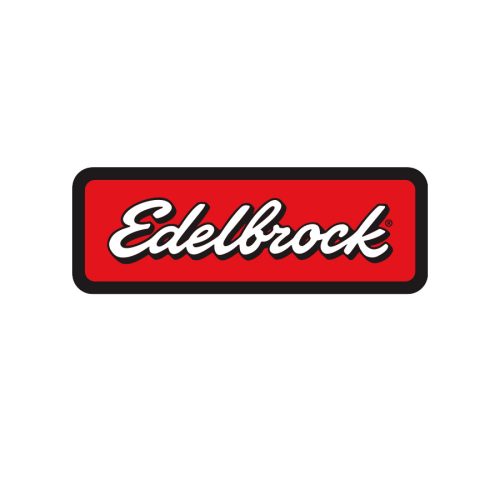
Edelbrock
2700 California Street
Torrance, CA 90503
800/416-8628 (Tech Line)
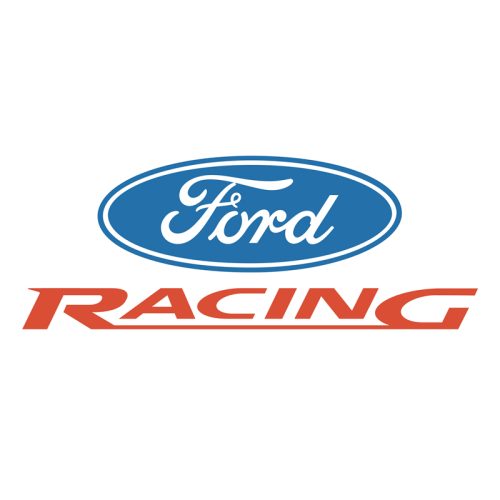
Ford Racing Performance Parts
44050 Groesbeck Hwy.
Clinton Township, MI 48036
586/468-1356 (Tech Line)
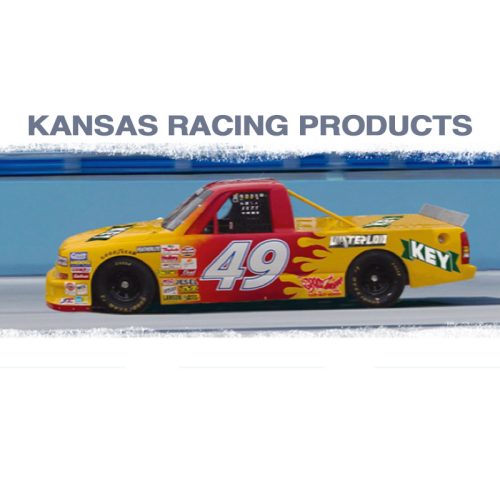
Kansas Racing Products - CLOSED
1205 Manor Dr.
Chapman, KS 67431
785/922-6644
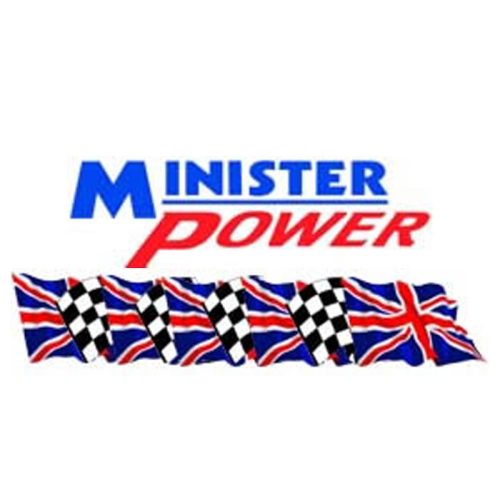
Minister Racing Engines Limited -CLOSED
Unit G, 17 Revenge Road
Altbarn Industrial Estate
Lordswood, Chatham, Kent ME5 8UD
United Kingdom
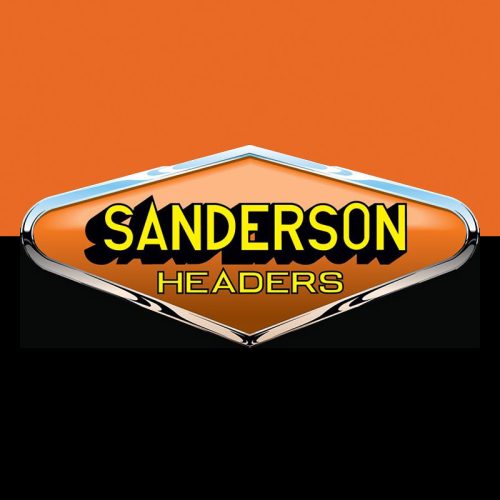
Sanderson Street Rod Headers
517 Railroad Ave.
South San Francisco, CA 94080
650/583-6617
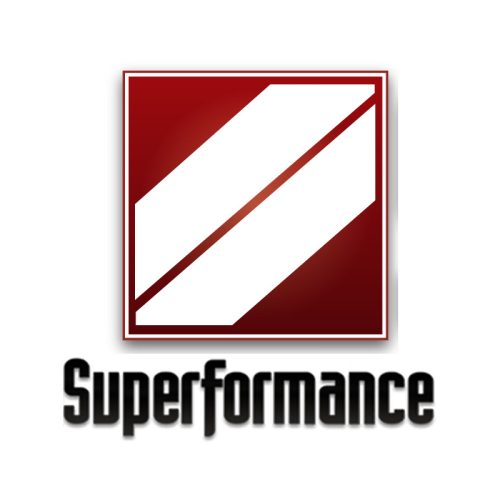
Snakebite Performance
2647 Morgan Lane
State Route 128
Ross, OH 45013
800/297-6253
Other Zetec and Duratec Engine Sources
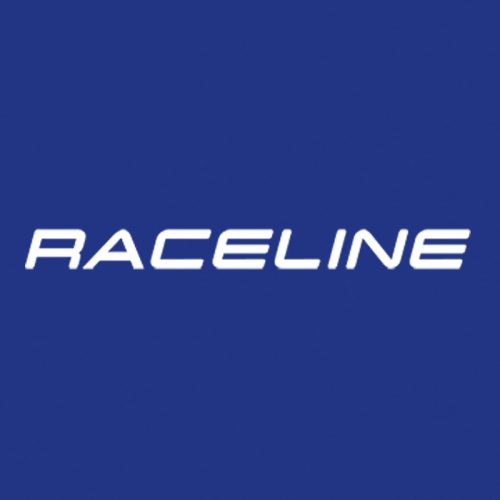
Raceline Performance Engineered
2 Henley Park Farm Cottages
Pirbright Road
Normandy, Nr Guildford
Surrey, GU3 2AE,
United Kingdom
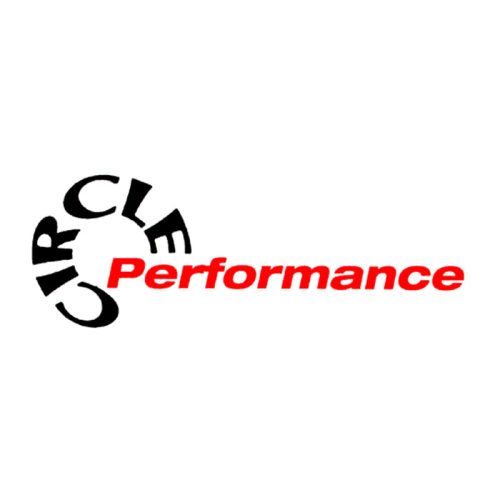
Circle Performance Racing Engines
971 Main Street
Brockton, MA 02301
508/580-5844





